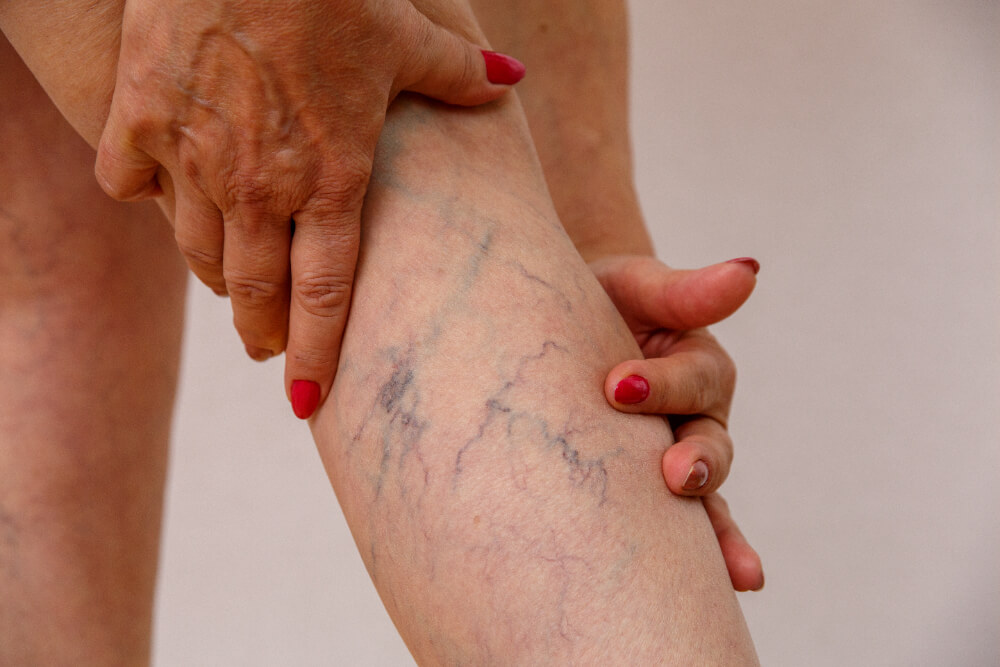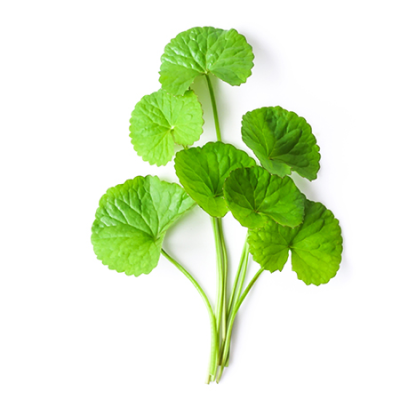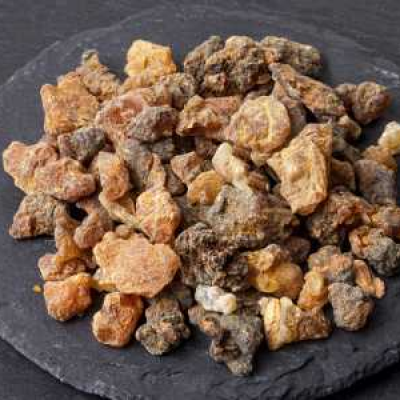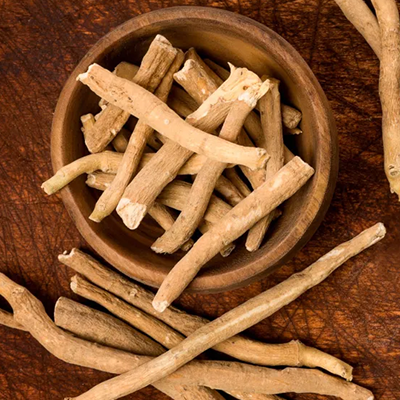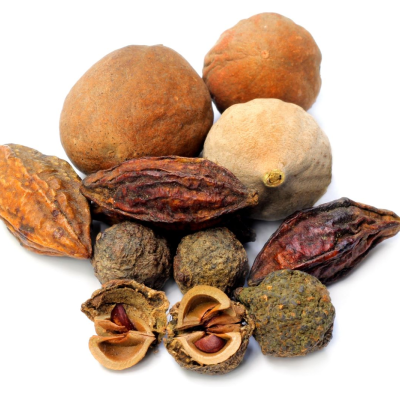Varicose veins are twisted, enlarged veins commonly seen on the legs and feet. They occur due to faulty valves in the veins, leading to poor venous blood flow. While they are not always a serious health issue, they can cause discomfort and sometimes lead to complications.
Causes
- Valve Dysfunction: Venous valves prevent backflow of blood. If these valves become weak or damaged, blood pools in the veins.
- Weak Vessel Walls: Over time, veins lose elasticity, causing them to stretch and weaken.
- Increased Venous Pressure: Conditions like prolonged standing, pregnancy, or obesity increase venous pressure.
Pathophysiology
- Normal Venous Function: Blood flows from superficial veins to deep veins, supported by muscle contractions and one-way valves.
- Pathological Changes: When valves fail, blood pools, increasing pressure and causing vein walls to stretch. This leads to vein dilation and tortuosity.
- Inflammatory Changes: Prolonged venous hypertension can trigger inflammatory responses, causing pain and potential complications like ulcers.
Types
- Primary Varicose Veins: Occur due to hereditary factors or lifestyle causes without underlying disease.
- Secondary Varicose Veins: Result from deep vein thrombosis (DVT), pelvic tumors, or other systemic conditions.
- Telangiectasias (Spider Veins): Small, dilated superficial veins, often cosmetic.
- Reticular Veins: Blue-green veins beneath the skin surface, often associated with spider veins.
Signs and Symptoms
- Visible, twisted, enlarged veins (often blue or dark purple).
- Leg heaviness or aching, especially after prolonged standing.
- Swelling in the lower legs and ankles.
- Itching around the veins.
- Skin changes, including discoloration or ulcers near the ankles.
- Pain that worsens with activity or at the end of the day.
Risk Factors
- Genetics: Family history of varicose veins.
- Gender: More common in women due to hormonal influences.
- Age: Risk increases with age as veins lose elasticity.
- Lifestyle: Prolonged standing or sitting.
- Obesity: Increases venous pressure.
- Pregnancy: Hormonal changes and increased abdominal pressure.
- Trauma or Surgery: Can damage vein valves.
Complications
- Chronic venous insufficiency.
- Venous ulcers.
- Thrombophlebitis (vein inflammation and clotting).
- Bleeding from ruptured veins.
Ayurvedic Perspective of Varicose veins
In Ayurveda, varicose veins are correlated with "Siraja Granthi" or "Siraja Vyadhi", caused by vitiation of Vata and Pitta Doshas:
- Vata Dosha: Causes dryness and roughness in veins, leading to stiffness and tortuosity.
- Pitta Dosha: Contributes to inflammation, discoloration, and pain.
- Kapha Dosha: When imbalanced, it can contribute to swelling and heaviness.
Causes as per Ayurveda
- Excessive standing or physical strain.
- Poor digestion leading to accumulation of Ama (toxins).
- Improper dietary habits aggravating Vata and Pitta.
Ayurvedic Management
Lifestyle and Diet
- Avoid prolonged standing or sitting.
- Consume light, easily digestible food.
- Include foods that balance Vata and Pitta, such as ghee, cooked vegetables, and whole grains.
- Avoid spicy, fried, and processed foods.
Panchakarma Therapy
- Virechana (Purgation): Removes Pitta and Ama from the body.
- Raktamokshana (Bloodletting): Relieves venous congestion and inflammation.
- Abhyanga (Oil Massage): Improves blood flow; oils like Ksheerabala Taila or Mahanarayana Taila are used.
- Seka and Bandhana (Fomentation and Compression): To reduce swelling and pain.
- Lepa (Herbal Paste): Apply a paste made of cooling herbs like sandalwood and turmeric.
- Cold Compresses: Using neem or coriander
Yoga and Exercise
- Asanas: Legs-up-the-wall pose (Viparita Karani), Pawanmuktasana (Wind-relieving pose), and Tadasana (Mountain pose).
- Pranayama: Deep breathing to improve circulation.
Ayurvedic Formulations
- Punarnava Guggulu: Reduces swelling and enhances venous return.
- Dashmoolarishta: Helps reduce inflammation and improve tissue health.
Herbal Remedies
Mandukparni (Centella asiatica)
Improves circulation and strengthens veins.
Guggulu (Commiphora mukul)
Reduces inflammation.
Ashwagandha (Withania somnifera)
Enhances tissue strength and reduces Vata imbalance.
Triphala
Improves digestion and prevents Ama accumulation.
The Ayurvedic management of varicose veins involves a holistic approach to balancing doshas, enhancing circulation, and reducing inflammation through herbal remedies, Panchakarma, and lifestyle modifications. It focuses on addressing the root cause rather than just alleviating symptoms. Always consult a qualified Ayurvedic practitioner for a personalized treatment plan.


